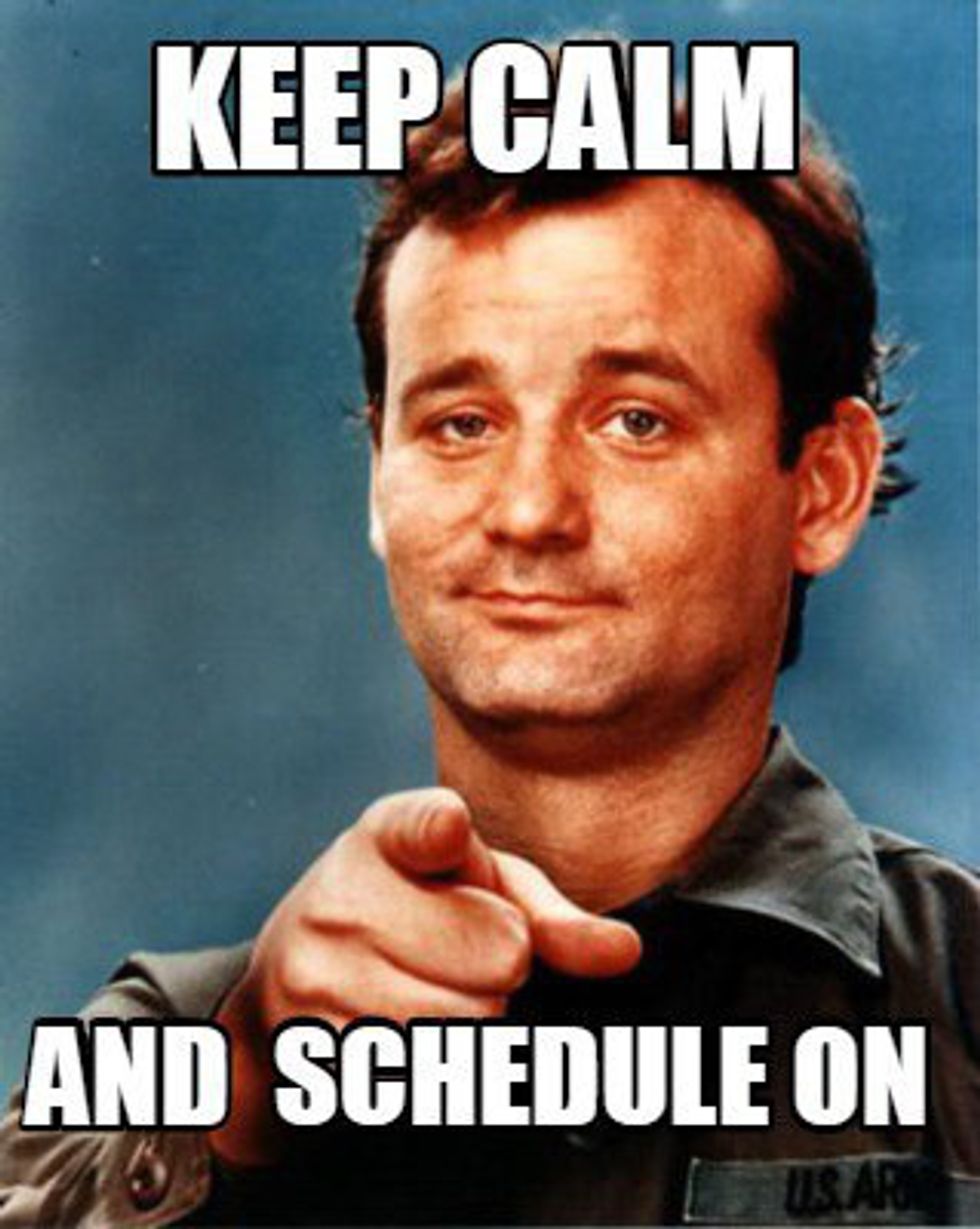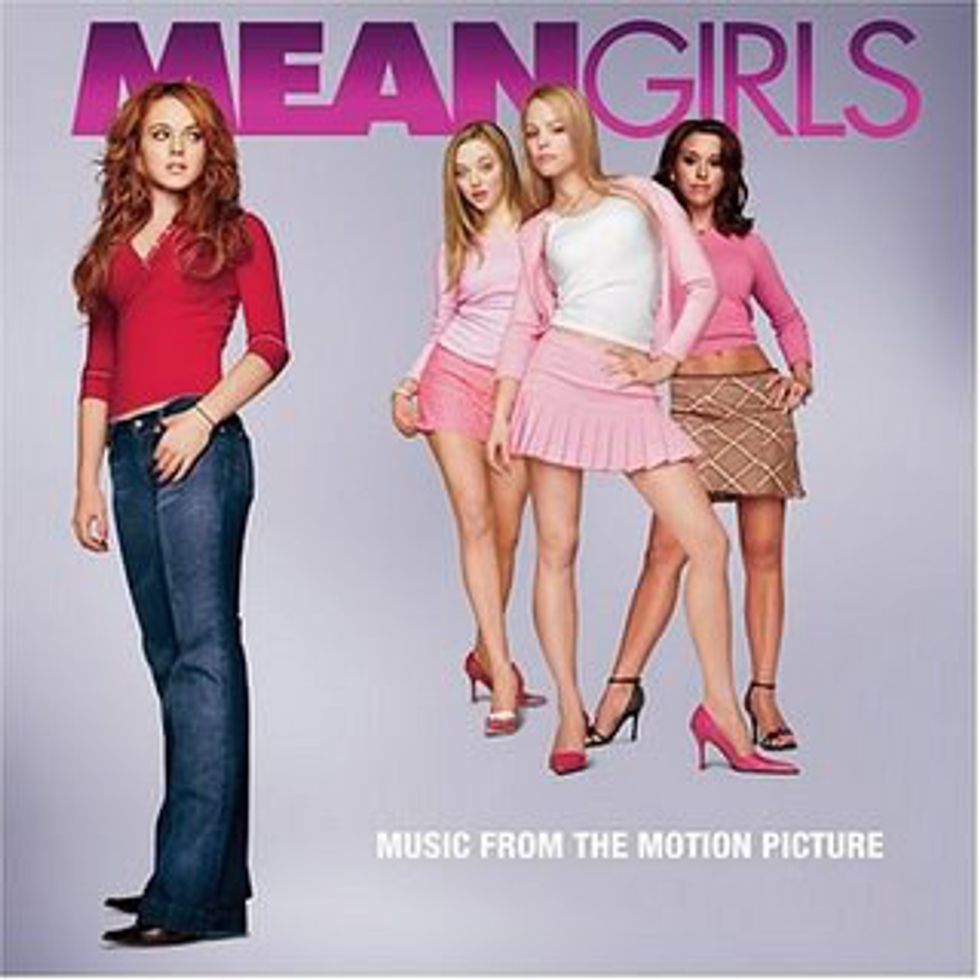“If there’s one thing I’ve learned in the narco world, it’s that life is more complicated than you think. Good and bad, they’re relative concepts.”
- Steve Murphy, “Narcos” (Season 1, Episode 1)
I used to think colorblind patients literally saw the world in black and white, like their lives were an unending 1940s noir film that lacked in depth and quality. Later, I realized that colorblindness is actually a disorder of the ability to properly differentiate between and identify colors. It is, of course, still possible to see in black and white, but not in the way that you would expect.
Disclaimer: I take no credit for what I’m about to say here. The purpose of this article is to put my own spin on what’s been known for the entire course of human existence.
You do not need eyes to see. I was introduced to this concept when I attended therapy last year, as I wanted to get a better feel for how the process worked. I only went a couple of times because I didn’t see the value in talking about my problems to a stranger whose job was to more or less regurgitate much of what I already knew. My therapist, by her grace, brought up an interesting point that I will never forget.
She told me, “Well Marc, you seem like an all-or-nothing kind of guy.”
Her statement struck a chord with me because it identified a personality trait that I wasn’t previously aware of. It appeared that my understanding of the problems I was discussing ad nauseum was the real problem, and not external forces. Perhaps if I viewed them as opportunities and not impossibly unreachable obstacles, they wouldn’t be so problematic anymore.
I felt transformed and revitalized, but as time had come to pass, I reverted back to my age-old ways of interpreting reality. Nonetheless, my understanding of what my therapist told me that day became further solidified upon listening to the audiobook “Positive Intelligence” (2012) by Shirzad Chamine, which I reviewed two weeks ago. There was a particular chapter in that book where Chamine referenced an ancient Taoist parable that is also my now-favorite philosophy.
The parable chronicles 5 days in a Chinese province. On the first day, a horse, which was an indication of extreme wealth and prominence in ancient China at the time, jumps a poor farmer and his teenage son’s fence, causing major property damage. However, by the terms of the local law, the boy and his father were allowed to keep the horse, and thus would become wealthy and powerful. On the second day, the horse gallops back to the mountains and leaves the farm behind, yet returns on the third day with a dozen more wild horses. On each of these three days, the father asked his son almost dispassionately, “Who knows what is good and what is bad?” even with the bizarre spikes in circumstance.
On the fourth day, the boy was violently knocked off one of the horses and broke his leg. His father, noticing that his son was in tremendous pain, asked him once again with his usual indifferent tone, “Who knows what is good and what is bad?” Finally, on the fifth day, the province went to war, and Army recruiters arrived at the town where the poor farmer and his son lived and began drafting able-bodied young men to go off and fight. Every young man in the town was to be sent away to certain death except for the farmer’s son… and all because of his broken leg from the day before.
This old but gold parable led to the creation of an idea I call Noir Syndrome, with noir being a reference to the film genre that was traditionally shot in black and white. Noir Syndrome proposes that our most prominent anxieties originate from our tendency to view life as falling on one extreme or another without taking into account deeper meaning, contrary evidence, and alternative perspectives. All or nothing.
We’ve been conditioned to view life in this way because it is effortless and requires very little additional thought. However, this manner of thinking is dangerous in that it harbors the delusion that everything is always operating on a good-bad dichotomy, when it is anything but. Chamine talks about the same thing in his book. Again, I am not the first person to think of this, and neither was he.
How do you even define what is good and what is bad, or what should fall on one extreme end of the spectrum and the other? The poor farmer could only ever ask this question because he was wise enough to know that it didn’t possess an answer. Technically, every “bad” thing in life is nothing more than a momentary inconvenience, while the extent of this inconvenience is the primary determinant for how “bad” it really is by our standards. Life is a double helix of sorts, and not a straight line; all good eventually leads in to bad and all bad eventually leads in to good, creating a self-contradiction of sorts since the two cannot be categorized independently from each other. They are two sides of the same coin.
You have to search for some shred of good in every tragedy or setback you experience. In fact, you don’t even have a choice in the matter. This is because if you constantly view things as the best or worst, good or bad, all or nothing, you’re setting yourself for unimaginable heartbreak if they fall somewhere in the middle. By that logic, you determine your reality by setting the parameters for how it’s supposed to look in your eyes.
Start seeing grey, and the world becomes a whole lot more colorful.





 Photo by
Photo by  Photo by
Photo by  Photo by
Photo by 



















